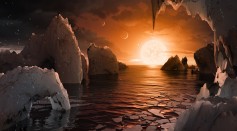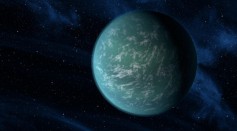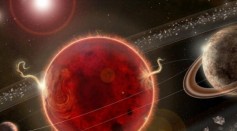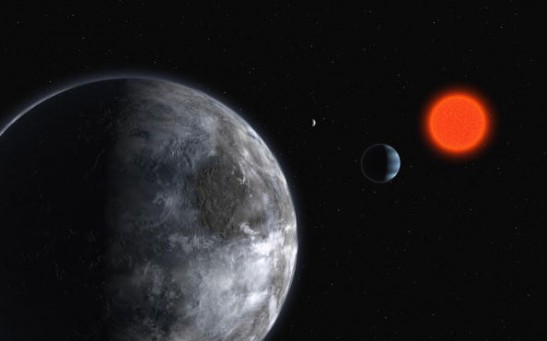Exoplanets

4 of the Weirdest Kinds of Planets Ever Discovered

Scientists Find Previously "Lost" Planet in Search of Habitable Worlds

The Search for Exoplanets Have Revealed a Cold Neptune and Two-Super Earths by Land Based Telescopes

More Life Out There Than On Earth, Experts Believe

TESS Finds Earth-Sized Exoplanet 53 Light Years Away

Mysterious Stellar Eclipse Point To A Giant Ringed Gas Planet Surrounded By A Ring Of Dust

Astronomers Discover Two 'Super-Earth' Planets Orbiting Nearby Dwarf Stars

The Outermost Planet of TRAPPIST-1 is Observed in Detail; Based on Data from Keppler Telescope

Exoplanet Classification Methods & Future Breakthroughs Revealed By Researchers

Astronomers Have Defined Characteristics On Two 'Super Earth' Planets In A Distant Planetary System

Newly Found "Styrofoam Planet," The Key To Alien Life

Scientists Begin To Explore The Possibility Of Human Life In Proxima B

Scientists Examines Neptune-sized Exoplanet To Understand How The New Worlds Evolve

Scientists Investigate Debris Disk In Near Planetary System 61 Virginis
Most Popular

How Technology Is Changing the Real Estate Industry?

Nikolay Karpenko Biography, Photo, Career, Accomplishments

How a Plant-Based Diet Can Protect Against Breast Cancer: Insights from Nutrition Research

The Role of AI in the Next Generation of Logistics: Insights from Tobias Waldhecker






